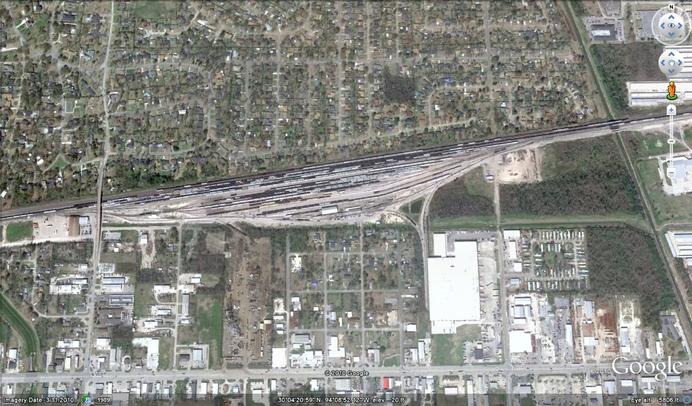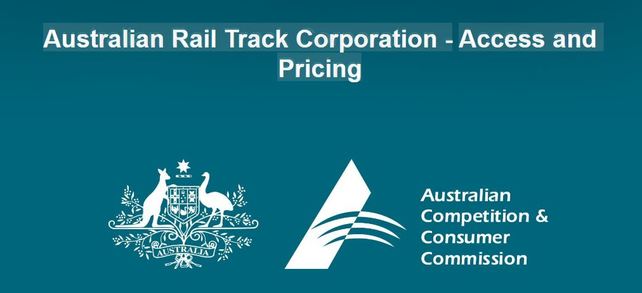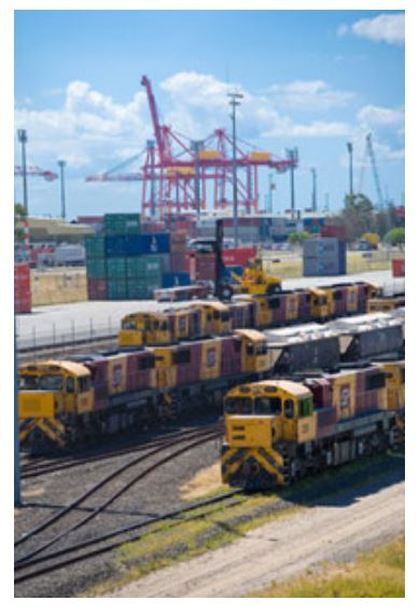
Beyond an economic rate of return, funding priorities mean that there needs to be a supplementary strategic rationale to back public capital funding of regional rail yards. We have attempted to make just such a strategic case in this series of articles by reminding government of the irreversibility of the extraction of major metropolis based industrial production, and local rail freight capacity, from the port capitals of Australia.
Elsewhere in this blog we have described our view that the present extreme purchasing power polarity observed in global markets, that which is heavily concentrated with western powers, is unlikely to continue. If that bears out in the coming decades, Australia’s 40 year record of off-shoring production may be necessarily reversed. In such a case, the on-shoring of industrial production is now likely to see new industrial development concentrated along our major arteries in the inland if supporting infrastructure is adequate. The provision of local rail freight connecting to the national rail network, and to export ports, will be essential. In turn, this will also allow Australia to realign production centres into a distributed cluster format more in line with that seen in Germany and the US inland.
In respect of the NSW inland, we will not be comprehensive in this series in proposing strategic rail yard locations. We have, however, mentioned our framework for selection previously, and we note newly prominent junctions like Narromine will be delivered as part of the Melbourne-Brisbane Inland Rail Alignment. We note, too, that Parkes is a strategic location, but also that it is necessarily both a transhipment and intermodal operation in one, as a result of having to build/deconstruct double stacked cargo, which in turn is owing to the low height clearance sector line from Parkes to Sydney.
Besides the rail yard location selection elements formed of natural & historical junctions, the intermittent placement of such transhipment points should serve the long-term market competition needs of users developed under our concentric ring concept. This intra-network competition will sit alongside regular modal competition from trucking.
Today, however, we will be advocating a case for a single model location. The location for our proposed model transhipment inland port / rail yard is Cootamundra, NSW. We acknowledge, and are thankful for, the review guidance and suggestions we have received after advocating our concept to local planning and industry sources.
Our reasons for recommending Cootamundra as the location are:
- Cootamundra is on the existing dual track line between Sydney & Melbourne (approximately midway)
- Given existing infrastructure, track alignments, and land availability Cootamundra is a relatively low capital funding site
- The hinterland includes the $5 Billion/annum Murrumbidgee Irrigation Area (MIA) Food Bowl
- In terms of demographics, Cootamundra’s status as an intermodal hub for train-bus passengers off the Sydney-Melbourne passenger train services is already established
- There are two existing rail branch line pathways from Cootamundra into the MIA (via Stockinbingal & Junee)
- Cootamundra is on the junction of the closed line to Gundagai that, despite traffic demand, is unable to be feasibly reopened
- Locating a new intermodal terminal adjacent to the closed Gundagai alignment, as an independent local cluster participant contributing traffic to the transhipment rail yard, will remove existing heavy trucks from town roads
- The proposed rail yard can service regional feed from existing intermodal terminals in Cootamundra Central, Junee, Illabo, Wagga Wagga, and Ettamogah among others (Narrandera/Griffith terminal proposals pending)
- Rail traffic can navigate to the New Melbourne-Brisbane rail alignment via short paths to either Illabo or Stockinbingal
- Cootamundra can service Sydney, Port Kembla, and Newcastle
- A potentially suitable hump yard transhipment site is available at Cootamundra West adjacent to the airport, and in proximity to the meatworks
- The Cootamundra West site offers less disruptive operations for the future Sydney, Melbourne, & Brisbane main line operation and low cost operations for local/regional services
- Cootamundra has a generally low humidity environment suitable for the short term in-container storage of grain filled containers that may be picked and sent to port for export on a 7 day to sailing elapsed basis
- Cootamundra is a suitable location for receiving reefer shipped produce from the MIA that can be reloaded into air freight containers for onward B-double roller bed delivery to Canberra airport for air export via Singapore to overseas markets
- Cootamundra central has existing rail support infrastructure
In recommending a model rail yard operation we have referenced many yard designs in the US & Canada. A long-time observer of North American rail yards has recommended to us the appropriateness of the classic SP small hump yard design long operated at the UP Beaumont and Strang Yards in Texas. These hump yards each have 4 receiving tracks and 12 classification tracks.
Beaumont Yard, image courtesy of Google Earth
In conclusion, we believe that logistical development evolves to suit the times. Historically, there have been many sharp resets in the nature of logistical infrastructure at intermittent moments. Hence, if we acknowledge that we are living in changing times, we should not be unprepared for a need for corresponding rapid changes in our logistical infrastructure.
Moreover, if the case made in this series holds, the Eastern Australian inland is likely to more prominently feature in any deeply changed future logistical environment as our nation confronts a changed geopolitical world.



 RSS Feed
RSS Feed